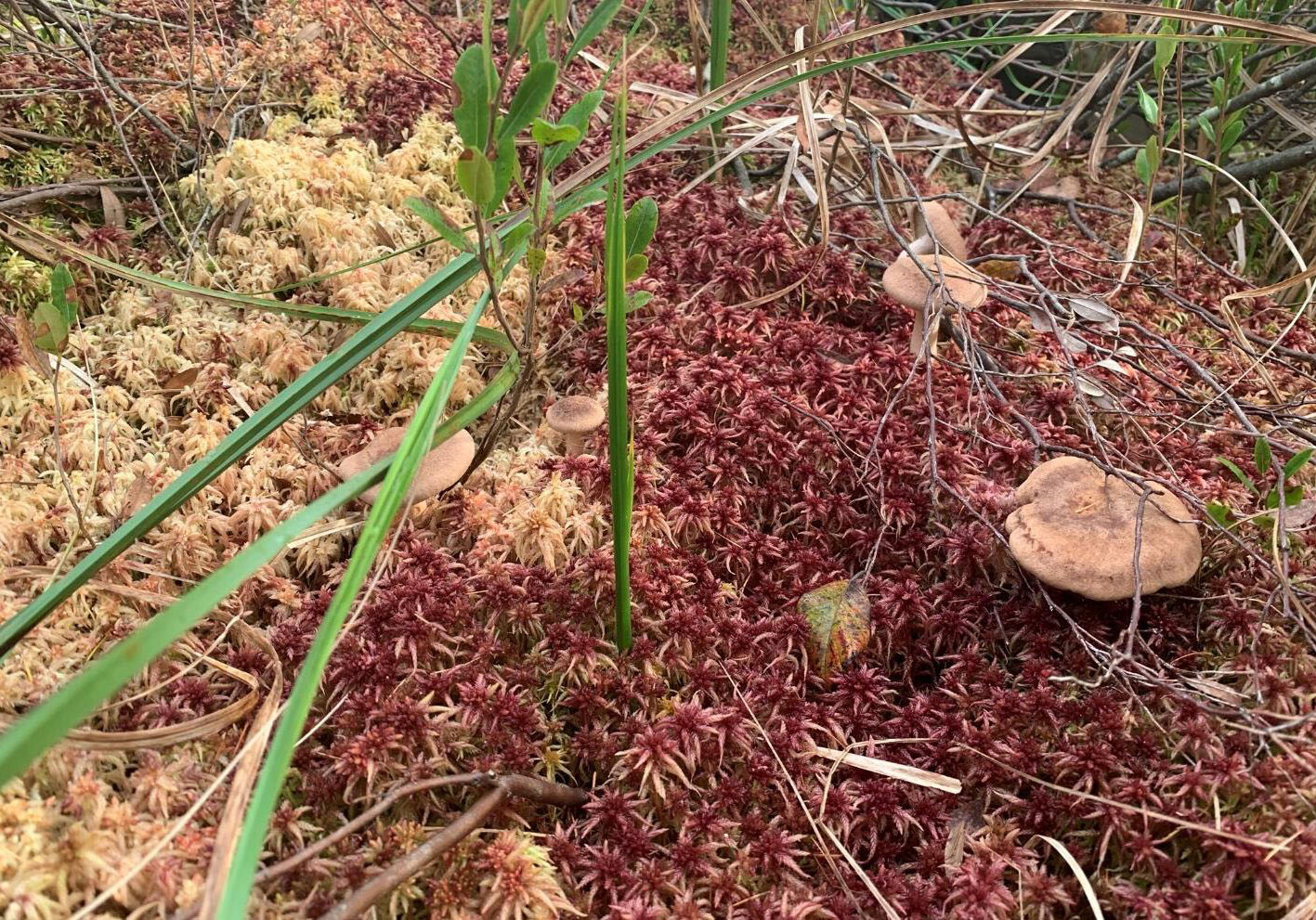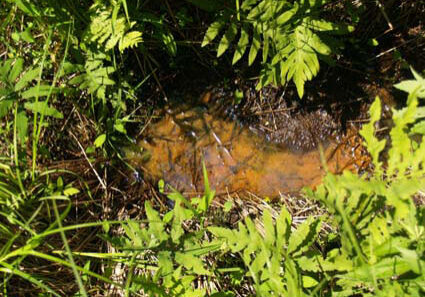What are Wetlands?
The Brown’s Creek Watershed District contains many wetlands, many of which are interconnected with Brown's Creek flowing through them. Wetlands occur on floodplains along rivers and streams, in isolated depressions surrounded by dry land, surrounding lakes and ponds, and in other low-lying areas. They can also vary in size from a small confined basin to hundreds of miles. Some are dry for much of the year, while others usually contain several feet of water. Wetland characteristics include:
- Hydric soils: Soils showing evidence of prolonged saturation.
- Hydrophytic vegetation: Plants adapted to wet conditions.
- Saturation or inundation: Wet above ground or within 12 inches of the ground surface during all or part of the growing season.
Wetland types include:
- Marshes: Can be shallow or deep, with 6 inches to 3 feet of water and plants such as grasses, cattails, and wild rice.
- Swamps: Can have 6 to 12 inches of water and plants including shrubs or trees.
- Bogs: Soils contain peat, the partially decomposed remains of plants, with water near the surface year-round and plants including shrubs, trees, and moss.
- Wet meadows/Fens: Are typically saturated or nearly saturated and contain low-growing grasses, sedges, rushes, and broad-leaved plants. Calcareous fens are a rare type of wet meadow, rich in calcium carbonate.
- Shallow open water: Includes shallow ponds, lakes and reservoirs with 3 to 10 feet of water and plants such as grasses and floating leaf vegetation.
- Seasonally flooded: Generally contain water for relatively short periods, primarily in the spring or after heavy rains, and contain grasses, sedges, annual plants, or flood-tolerant trees.
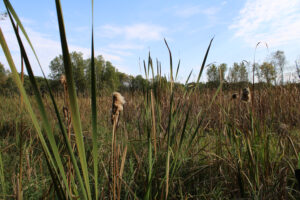
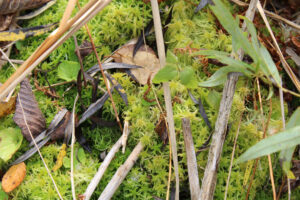
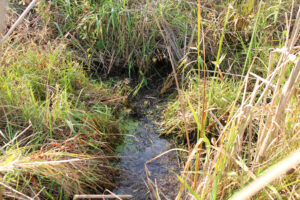
Wetland Benefits
Due to their unique natural characteristics, wetlands provide numerous beneficial services for the environment, people, and wildlife, including:
- Erosion control: Vegetation slows water and reduces damage along shorelines and stream/river banks.
- Flood control: They act as a natural sponge to slow and retain runoff water, reducing flooding.
- Groundwater recharge and discharge: Some recharge groundwater by slowly allowing surface water to filter into the groundwater reserves, and some are discharge areas that receive groundwater even during dry periods, and help maintain flows in nearby rivers and streams.
- Water quality: They filter out pollutants to protect and improve the water quality of downstream lakes, streams, and rivers.
- Wildlife habitat: 43 percent of threatened or endangered species in the U.S. live in or depend on wetlands, and they are home to many common aquatic and terrestrial species as well.
- Recreation: They provide space to canoe, hunt, fish, or watch wildlife.
- Economic value: They provide economic commodities such as wild rice and bait fish.
Protecting Wetlands
In Minnesota, wetlands are protected by the Wetland Conservation Act (WCA), which prohibits draining, filling, or otherwise altering them. Permits are required for all development projects that impact wetlands. The community can help protect wetlands by maintaining a buffer of un-mowed native vegetation surrounding the wetland, removing invasives, and not dumping grass clippings and yard waste. Buffers protect wetlands from pollution and provide habitat for reptiles, amphibians, and birds. The optimal buffer width is at least 10 feet. Buffers are often shown on plat maps as drainage and utility easements, and some also have a small sign.
BCWD Wetland Inventory
In the fall of 2024, EOR assisted BCWD with two separate but complementary tasks focused on updating the existing wetland inventory and associated rules implementation. These tasks included 1) an updated wetland function and value assessment and 2) re-classification of groundwater dependent natural resources. The following technical memo and presentation to the board share the details of EOR's findings:

